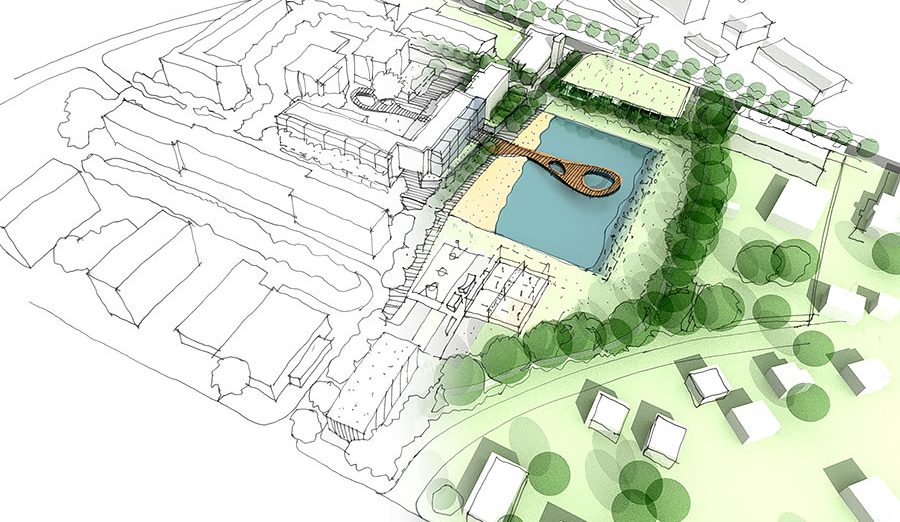ISLAMABAD HIGHWAY & ITS NEVER-ENDING CONGESTION!
October 25, 2019
National History & Heritage relates to the representation of history and heritage through urban and rural course of development over the years.
The urban and rural form built over ages defines a nation’s or at a larger scale a civilization’s, physical manifestation of culture and development. To develop an understanding of heritage a broader vision is essential to see above ‘buildings only’ as defining heritage. It’s not just individual buildings that define the physical and cultural heritage, the whole setting of space and more essentially the lifestyle developed due to physical layout of urban/rural spaces gives form to history and heritage.
Islamabad the beautiful, has a physical heritage of the famous dynapolis concept.
The physical manifestation of the concept is the famous Blue Area’s Jinnah Boulevard. Beginning from the Capitol; Senate & National Assembly of Pakistan, the dynapolis extends westwards with F-Sector Series on the north and G-Sector Series on the south. This dynamically growing downtown of the metropolis is proposed to grow along twelve sectors, along sectoral grid 5 to 17, towards the western limits of the Islamabad Capital Territory.
Being a nineties kid, I remember standing on D-Chowk, looking westward on Jinnah Boulevard and having a clear line of sight reaching the horizon, one of the most mesmerizing views I ever had. When my father took me to the Senate, from its lawns, the modern dynamic Islamabad laid fantastic displaying its legacy with pride. Even today, famous and well-visited view points from Damn-e-Koh, Monal and others on Margalla Hills, present the greenbelted boulevards/streets intersecting with beautifully tree lines avenues, growing dynamically along the guided axis.
Islamabad, is one of the fortunate cities of the world to have been conceived and planned through a visionary of the time, C.A.Doxiaes. Global Cities planned with such effort in and around that era include Canberra Capital Territory, Australia; Chandigarh, India and Putrajaya, Malaysia. Canberra with its famous Griffin’s Triangle presents a similar concept of straight boulevards connecting the three state triangles of State, Judiciary and Public Assembly. LeCorbusier’s Chandigarh’s Plan, Grid Planned Sectors with 7Vs circulation system and connected linear open spaces was declared UNESCO World Heritage Site, in 2016, . Putrajaya City planned with an axis of development, manmade gardens and artificial lakes presents a similar legacy to Islamabad and enriches its physical development day by day!
All these cities have proudly and loudly inherited this physical heritage, celebrated the created urban spaces with zestful festivities!>
The Master Plan of Islamabad owing to modern sustainable practices is contested, but has the potential to blend in with sustainable urban regeneration techniques. The physical legacy it carries must be celebrated and preserved by us, as we know it today!

